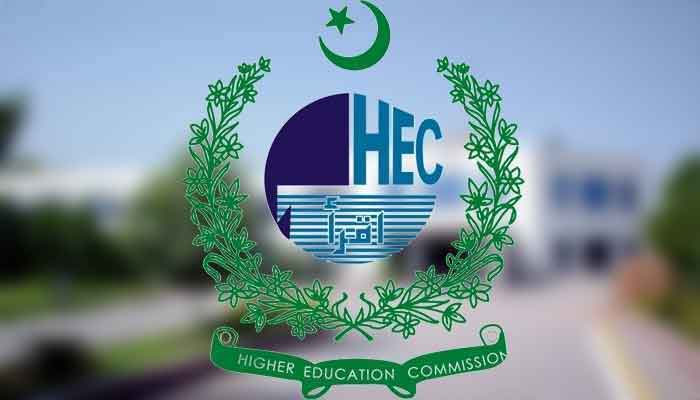The submission proceedings of manuscript are automated through online step-by-step procedures/or through an email: editors.jcmi@gmail.com for the uploading of manuscript and the associated files i.e. of data, questionnaire, and/or other mandatory submission like of acknowledgements towards the Organization/University/Data Stream for the availability of data and/or any sort of financial benefits rendered to the author(s) during the conduction of the research work. The online step-by-step system of the JCMI is automated that converts the files to PDF and asks for the final checkup of the uploaded files by the author(s) before the final submission. So far, only Microsoft Word files are being considered for the submission of manuscript. The figures inserted in manuscript must be originated with high enough quality but must not be more than of 10MB in size else are to be submitted as a separate file.






